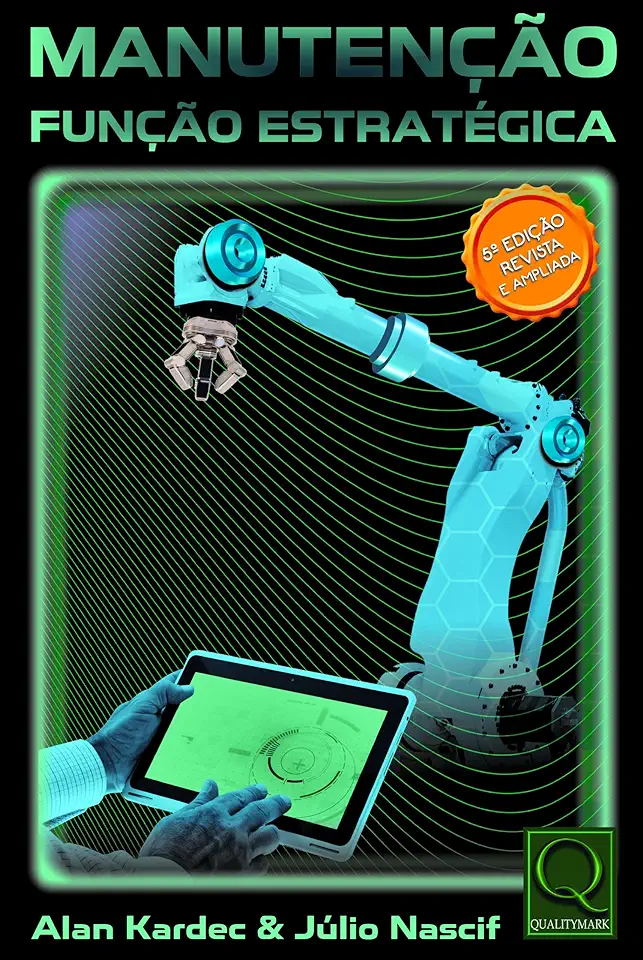
Maintenance - Strategic Function - Alan Kardec & Júlio Nascif
Maintenance: Strategic Function
By Alan Kardec & Júlio Nascif
Introduction
In today's competitive business environment, organizations are constantly looking for ways to improve their efficiency and productivity. One area that is often overlooked is maintenance. However, a well-executed maintenance program can have a significant impact on a company's bottom line.
The Importance of Maintenance
Maintenance is the process of keeping assets in good working order. This can include anything from routine inspections and repairs to major overhauls. By properly maintaining your assets, you can:
- Reduce downtime: Unplanned downtime can be costly for businesses. By preventing breakdowns, you can keep your operations running smoothly and avoid lost productivity.
- Extend the life of your assets: Properly maintained assets will last longer, saving you money on replacement costs.
- Improve safety: A well-maintained workplace is a safer workplace. By eliminating hazards, you can reduce the risk of accidents and injuries.
- Increase efficiency: Properly maintained equipment operates more efficiently, which can save you money on energy and other operating costs.
- Boost productivity: Well-maintained equipment is more productive, which can help you increase your output and meet customer demand.
The Strategic Role of Maintenance
Maintenance is no longer just a cost of doing business. It is now recognized as a strategic function that can help organizations achieve their business goals. By aligning your maintenance program with your business strategy, you can:
- Improve customer satisfaction: By providing reliable products and services, you can keep your customers happy and coming back for more.
- Increase profitability: By reducing costs and improving efficiency, you can increase your profitability and grow your business.
- Gain a competitive advantage: By having a well-executed maintenance program, you can gain a competitive advantage over your competitors.
How to Develop a Successful Maintenance Program
Developing a successful maintenance program requires careful planning and execution. Here are a few tips to help you get started:
- Set clear goals and objectives: What do you want to achieve with your maintenance program? Once you know your goals, you can develop a plan to achieve them.
- Identify your assets: What assets do you need to maintain? Make a list of all your assets and their criticality to your business.
- Develop a maintenance schedule: How often do you need to maintain your assets? Create a schedule that outlines the tasks that need to be performed and the frequency with which they need to be performed.
- Assign responsibility: Who is responsible for performing maintenance tasks? Make sure that each task is assigned to a specific person or team.
- Implement a maintenance management system: A maintenance management system can help you track your maintenance activities and ensure that they are performed on time and within budget.
- Monitor and evaluate your program: How well is your maintenance program working? Regularly monitor your program and make adjustments as needed.
Conclusion
Maintenance is a critical function that can help organizations achieve their business goals. By developing a well-executed maintenance program, you can reduce costs, improve efficiency, and gain a competitive advantage.
Call to Action
If you are looking for a way to improve your business performance, I encourage you to invest in a maintenance program. The benefits of maintenance far outweigh the costs, and you will be glad you did.